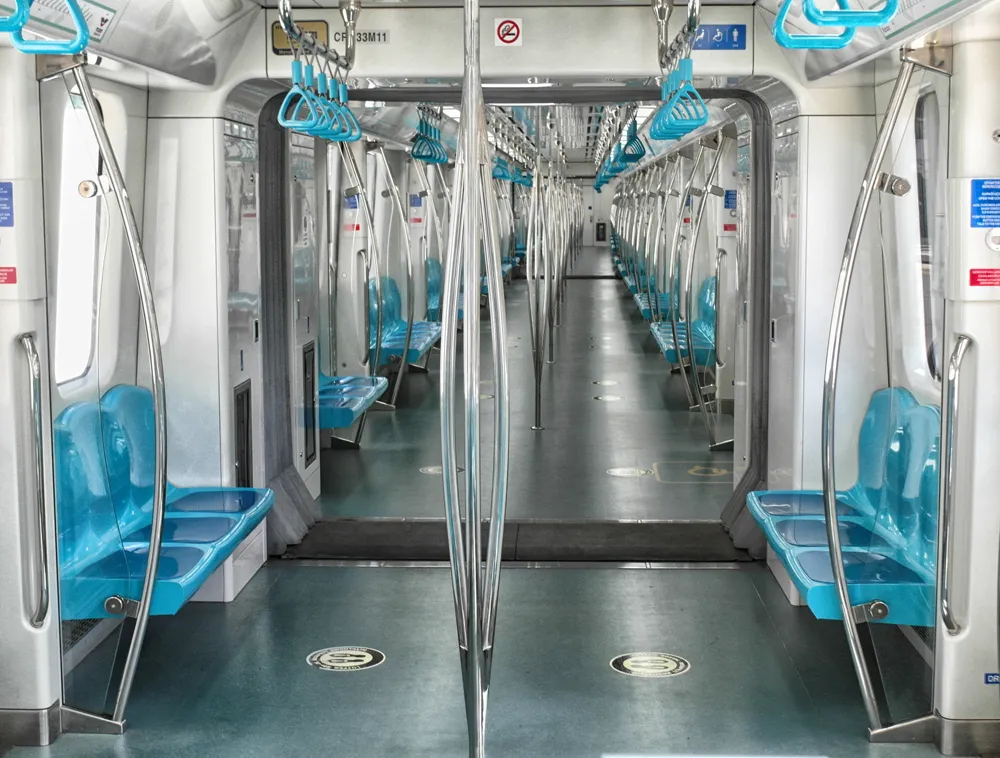France-based Leti, a technology research institute of CEA Tech, has designed a stress-monitoring wrist-band device for truck and train drivers, airline pilots and travellers that enables personalised real-time travel planning for stress-free travel and indicators for improving public transportation safety.
.
The device uses sensors to provide real-time data-fusion processing that automatically estimates each wearer’s stress levels, regardless of their activity. The data are sent anonymously to the cloud where they can be used to improve both safety and comfort for users and, in some cases, for the general public.
AS an example, transit agencies can collect and analyse passengers’ comfort information and take appropriate action to eliminate potential problems. If customers experience higher stress than usual while getting off at a specific bus station, such as at a dangerous intersection, the agencies could follow up that finding with a study to verify the cause and provide a remedy.
The biofeedback from pilots, truck drivers and train engineers also can be used to improve safety. After graduating from simulators to real equipment during training, wearing the device will signal stress levels and indicate they should return to the simulator for more practice on certain aspects of their complicated jobs.
The mobility observer differentiates between travel modes such as buses and motorbikes, trains and trams by preserving device autonomy. The new connectivity features in the mobility observer enables officials to take into account a large amount of data versus data collected on single individuals.
Wearable device measures stress levels for travellers, truck drivers and pilots
France-based Leti, a technology research institute of CEA Tech, has designed a stress-monitoring wrist-band device for truck and train drivers, airline pilots and travellers that enables personalised real-time travel planning for stress-free travel and indicators for improving public transportation safety.
June 16, 2017
Read time: 2 mins








